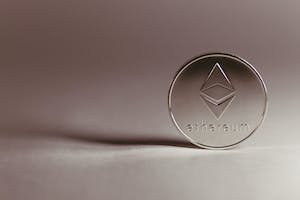
The merge did change Ethereum's economy, and so did EIP-1559, which is that free burning that went live over a year ago. Bitcoin here a very easy-to-understand policy and that is why it is very popular. There is a maximum supply of millions that get issued to miners every four years, Issuance hubs from what it was previously, and that continues to the year 2140 when the last Bitcoin will be mined. Technically, the last Bitcoin will never be mined it will just keep halving but it gets to a point where it doesn't matter anymore. Whereas Ethereum has had an involving monetary policy since Genesis. It had a certain percentage of Genesis, then there was an upgrade that reduce it.
The first one was reduced from 5 ETH per block to 3 ETH per block, then 3 ETH per block to 2 ETH per block. And now with the merge, it's reduced by 85% at the time of merge. Right now, I think it's four and a half percent of protocol rewards. Every single stakers gets the same, it doesn't matter whether you have 10,000 ETH or 32 ETH you get the same. In the ETH reward dollar dominated, it will be different but the actual reward rate remains the same which I think is interesting. It means you don't have to have a massive industrial mining farm just to be profitable on the networks as someone who validates. How that plays into economics is that Ethereum doesn't have a supply cap. Ethereum has prioritized predication perpetual inflation some that we can keep paying the stakes forever and then we offset that inflation via the fee burned. There is this thing called EIP-1559 which is an upgrade that went into the network over a year ago that burns about 70% to 80% of the total fee of the Ethereum network forever. Once it reaches a certain point, it 100% offsets the issuance of the. What happens is that the issuance nets down to zero and then could go deflationary if the fee burn is high enough.